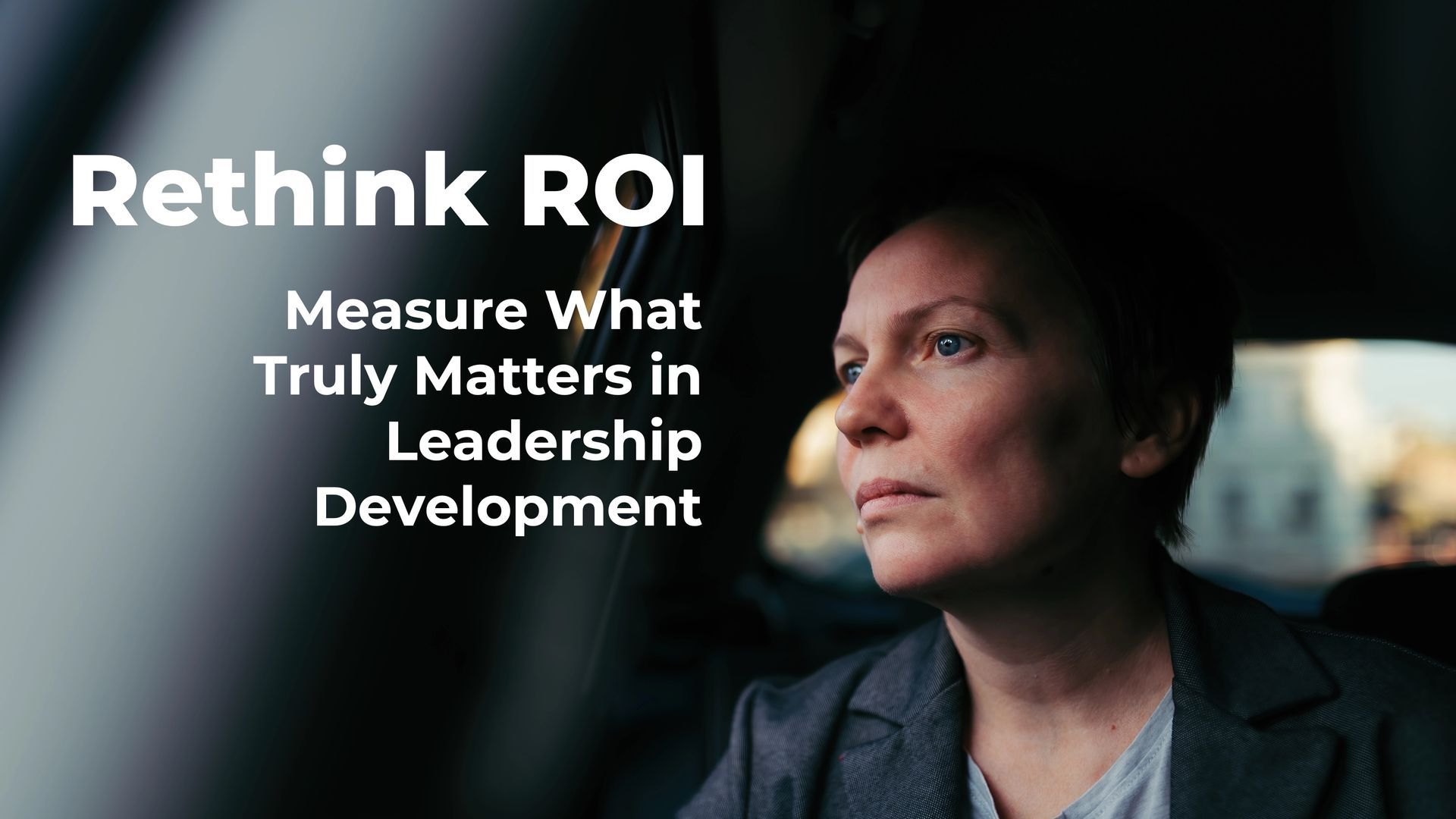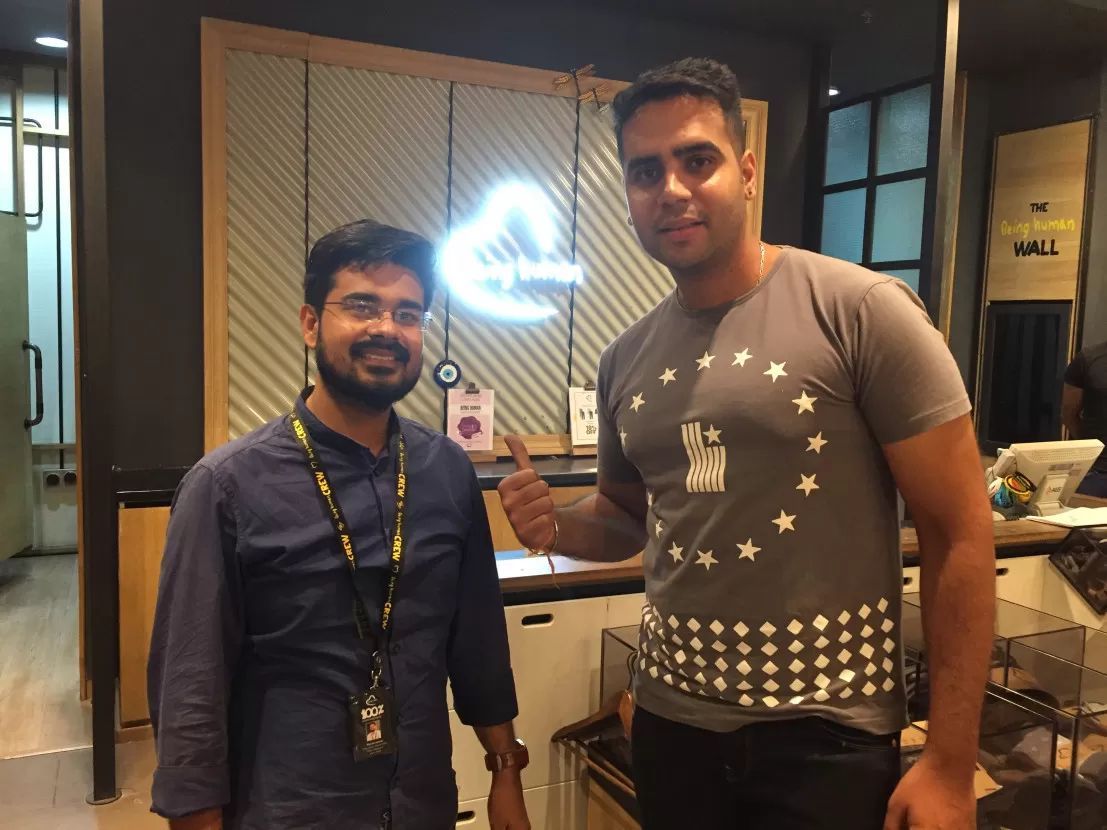Late 70’s, Sydney Australia: I am a socially awkward 19-year-old working as junior administrator in a utilities company. In another department of this organisation I see a beautiful girl called Sandy. It is love at first sight…for me anyway. Days, then weeks and then months pass before my love for Sandy wins the inner battle over my crippling shyness and I get the courage to ask her out on a date.
With my heart jumping out of my chest, I do. And to my complete amazement, she agrees to go out with me on the coming Saturday evening. This instantly becomes the highest stakes situation of my life. I have to impress and surpass all expectations she may have of me so she will have no option but to fall madly in love with me, get married, have beautiful kids and live happily ever after in a mansion by the sea. You know the drill.
It all comes down to Saturday night.
I tell my good friend Gary about the upcoming date and he gives me a brilliant idea. “André borrow my dad’s red convertible Mercedes. He’s away for a few weeks. If you want to impress Sandy, what better way than to pick her up in the Merc?” “Brilliant!” I say, as I would do anything to impress Sandy.
Saturday evening at Sandy’s parents’ home: I find myself in a predicament early in proceedings. Her father opens the door to greet me and sees a shining red Mercedes Benz convertible in his driveway and stares at me with my gawky smile. “Is that your car?” he asks quite abruptly. Being a naïve 19 year this is not what I expect. How do I respond? Do I lie and say “Yes it is”, or do I show my hand as a complete fraud and fess up to the fact I have borrowed it from a mate to impress Sandy, and him? This was not how the evening was supposed to start.
What did I do? We will come to that later.
I guess I am no different to most other people who from an early age try and project themselves as something more than who and what they really are. We put on a mask to pretend to be someone or something else, usually to cover up our insecurities and weaknesses.
Masks People Wear
I am now older and wiser (arguably!) and I have come to observe that these masks we wear also appear in our corporate world. As a business leader, speaker, consultant and executive coach, I interact with people at many levels. I frequently come across the various masks each person wears, trying to portray an image of something they may not really be. Masks that show ‘aggression’ or ‘humour’ or ‘indifference’ or ‘tough nut’ or ‘sophistication’ among many others. We put these masks on to hide our weaknesses.
The proliferation of communication technology in today’s world challenges us to be real to others even more. We present only the ‘edited’ version of ourselves to others. As Sherry Turkle in her TedTalk said:
“Texting, email, posting, all of these things let us present the self as we want to be. We get to edit, and that means we get to delete, and that means we get to retouch, the face, the voice, the flesh, the body — not too little, not too much, just right.”
It makes it easier for us to look our best, in the most exotic places, saying the funniest or smartest thing while appearing to look spontaneous. As Brené Brown once asked: Who are you seeking approval from today? Do they deserve that honour? Sometimes we are more committed to living in the perceptions someone else has of us, than we are in living in the truth of ourselves.
Authenticity in Leadership
At Ariel, the organisation I lead in Australia, we work with leaders and professionals on their Executive or Leadership Presence through our workshops and coaching. We describe Presence as “an ability to connect authentically with the hearts and minds of others, in order to motivate and inspire them toward a desired outcome.” Communicating in real time without the opportunity to edit.
Central to our notion of presence is authenticity. We help people realise that they have to first connect with themselves before they can demonstrate the power of their presence to others.
Substance before sizzle.
We have identified the three rules of authenticity:
Authenticity Rule #1: ACCEPT YOURSELF AND BE OPEN TO GROWTH.
One of the biggest lessons I have learnt in becoming a student of Presence over the last few years, is to acknowledge my shortcomings and while trying to work to improve them, I also accept them and work with and around them.
My advice to my coaching clients is to not try and cover up mistakes, instead draw out key learnings from mistakes they may have made. And while always trying to grow, don’t try to be someone or something they are fundamentally not.
We find in our workshops how inspiring it is to hear individuals talk about difficult passages in their lives and what they had learned from them. They don’t hide it, they reveal it. They see such situations not as failures but as opportunities for learning. Our advice is to shift your thinking about an experience from “It was terrible” to “What did I learn from this?” Don’t cover up mistakes from your past, put it on the table and draw out your learning. You may be surprised how it will inspire others.
Authenticity Rule #2: LIVE YOUR VALUES.
My father gave me an invaluable piece of advice twenty years ago, just before he died. He said “son if you don’t know what you stand for, then you will fall for anything”. It has been a long journey to see the truth of his words.
If you truly desire to amplify your Presence, then you need to connect with yourself – really connect – before connecting with others. That means being able to articulate your ‘guiding compass’ aka your values. Not somebody else’s, but your own.
You then want to find ways to make your values visible to others. For example, if you value forthrightness, then you may want to create a quarterly meeting where people can speak their minds candidly. If you value creativity, you could institute open brainstorming sessions at the start of every project.
The penalty for incongruence between espoused and lived values is being branded a hypocrite.
Ask others if they perceive you as someone who lives your values and if they are visible in your actions. You can also demonstrate your willingness to be vulnerable by asking people to call you out whenever your actions don’t reflect your values.
Authenticity Rule #3: CREATE AN AUTHENTIC CONNECTION TO WORK.
When a leader has an authentic connection with work, the work becomes more than a way to pay the mortgage or meet quarterly targets. They focus on something bigger than themselves and their own self-interests – they create significance in their work.
They say that people work for three things:
• Money
• A good leader
• A cause
A good leader motivates more than money does. And a cause motivates more than a good leader. Find your cause – the significance – in the work you and your team do, and enroll your people in that cause. In Ariel Australia, our cause is to create better human workplaces. We do this by helping those we work with to connect with themselves and with others in ways they haven’t done before. It inspires me and it inspires our team and connects us with our work in developing Presence.
Don’t Fake It
The bottom line is to be authentic because it is unlikely you are fooling anyone. Neuroscience research is now scientifically proving that human beings have an uncanny ability to identify incongruence no matter how well we try and mask it. Our brains are unconsciously counting the blink rate in another person’s eyes and registering the tiniest head movement all the time. These and many other barely noticeable signals are being registered in our brain and forming an impression that tell people you are faking it. If you think you are covering it up, you are only fooling yourself. Most people can pick a fake without trying too hard.
I think the biggest lesson I have learnt is if I want to show up in this world as the best version of me, then I must draw from the well that is me – my authentic self. Continuing to remove those masks I have put on has been surprisingly liberating. It has broken those chains that have held me back.
Finally back to Sandy’s dad when he asked me if the Mercedes Benz was mine. I was amazed by my own response, as a naive 19 year old I didn’t expect to say what I did. What I said was “Yes it is sir… just for tonight… and just for your daughter” – one of the coolest responses I think I have ever made!
Sadly for me, I was not Sandy’s soul mate and the relationship didn’t last beyond the first date.
Perhaps all she saw was the mask and not me.




